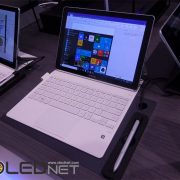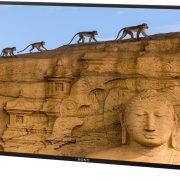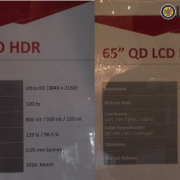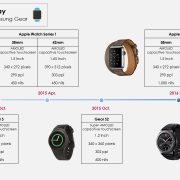BOE will start mass production of iPhone 13 panels from October.
BOE will supply OLED panels for Apple’s iPhone 13 in the US. Samsung Display and LG Display were supplying two 5.4-inch and 6.1-inch 60Hz panels with LTPS(Low-Temperature Polycrystalline Silicon) TFT for the existing iPhone 13 panels. And Samsung Display was exclusively supplying 6.1-inch and 6.7-inch 120Hz products to which LTPO(Low-Temperature Polycrystalline Oxid) TFT was applied. The panel that BOE is supplying with approval to Apple this time is a 6.1-inch LTPS TFT panel. BOE’s panel is expected to start mass production at the end of October if Apple approves it soon.
| Size[inch] | TFT(Frequency) | Panel Supplier |
| 5.4 | LTPS(60Hz) | SDC, LGD |
| 6.1 | LTPS(60Hz) | SDC, LGD, BOE(expected) |
| 6.1 | LTPO(120Hz) | SDC |
| 6.7 | LTPO(120Hz) | SDC |
As for the panels that BOE supplied to the iPhone 12, EVEN process was carried out on the B7 (Chengdu) line, and the module process was carried out on the B11 (Myeonyang) line. The process was carried out separately due to the yield issue of the B7 module line, but from the iPhone 13, the deposition yield of the B11 line has improved and both the EVEN process and the module process are carried out on the B11 line. The total amount of panels that BOE will supply for iPhone 13 is estimated to be 15 million units, and although BOE has a target of producing more than 5 million units within this year, it is expected to be in the range of 2 to 3 million units in reality.
Meanwhile, it is known that BOE is also rapidly developing the LTPO line. The LTPO development speed of BOE’s B11 line is faster than that of the B7 line, and it is known that it already has mass production. At BOE, LTPO development is at a significant level, and attention is being paid to whether it will be able to supply LTPO panels to Apple’s next iPhone 14 (working title).
BOE has recently expanded its supply of flexible OLEDs to Samsung Electronics as well as Apple, and its influence in the flexible OLED market is growing. As BOE supplies new panels to Apple for the first time, attention is focused on how domestic panel makers will respond.


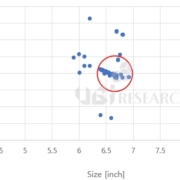
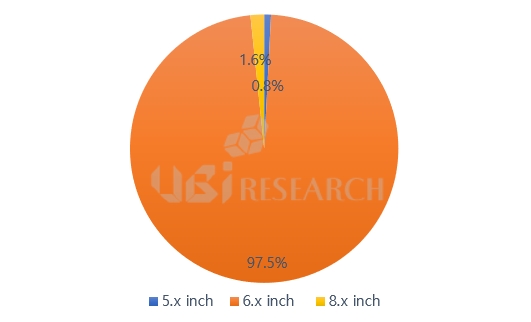
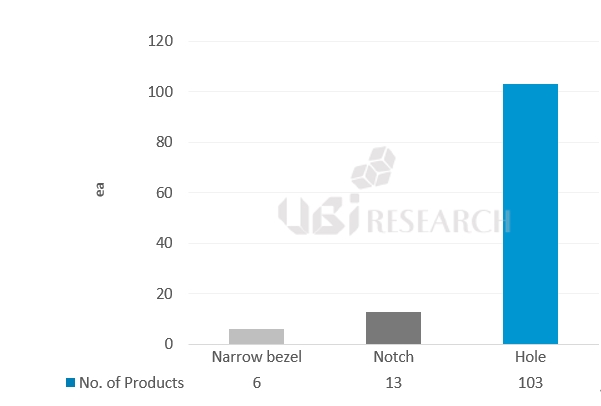





 Galaxy Note 20 Ultra with LTPO applied
Galaxy Note 20 Ultra with LTPO applied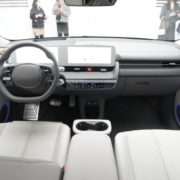



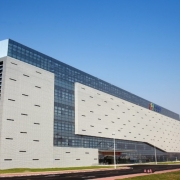




















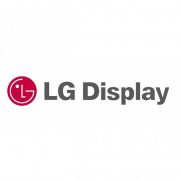

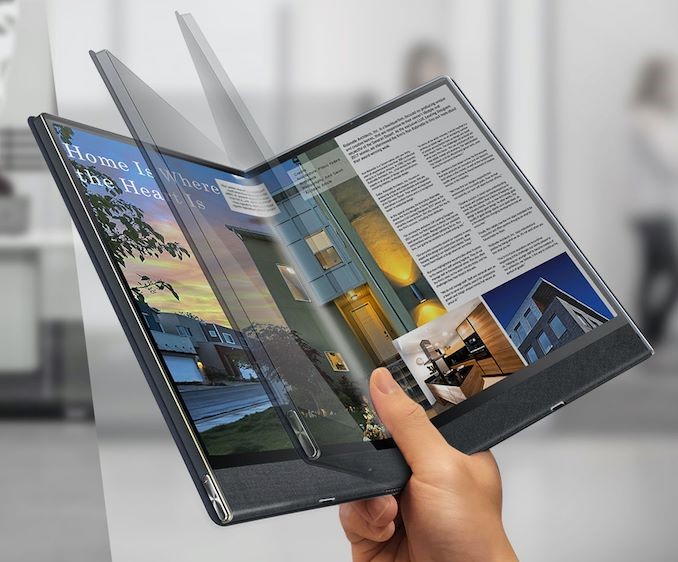

















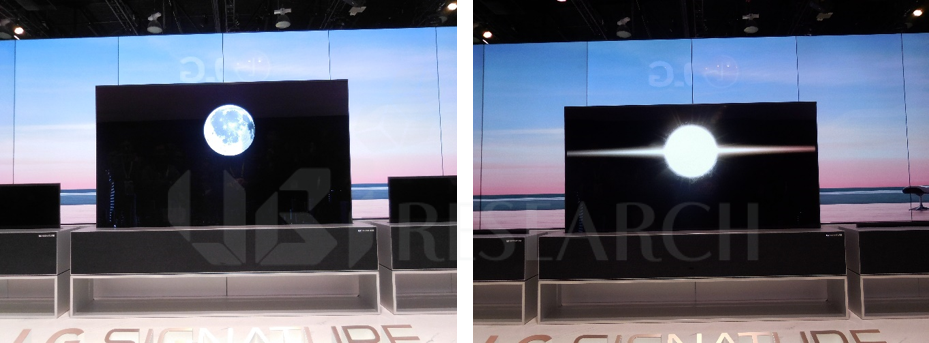 <LG Electronics, OLED TV R>
<LG Electronics, OLED TV R>
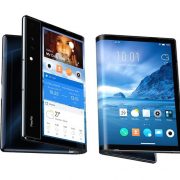















































































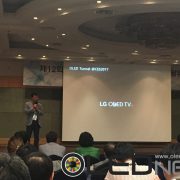




































 The component and material necessary for manufacturing OLED include not only board but also TFT, OLED, encapsulation, touch screen, cover window, and drive IC.
The component and material necessary for manufacturing OLED include not only board but also TFT, OLED, encapsulation, touch screen, cover window, and drive IC.

















